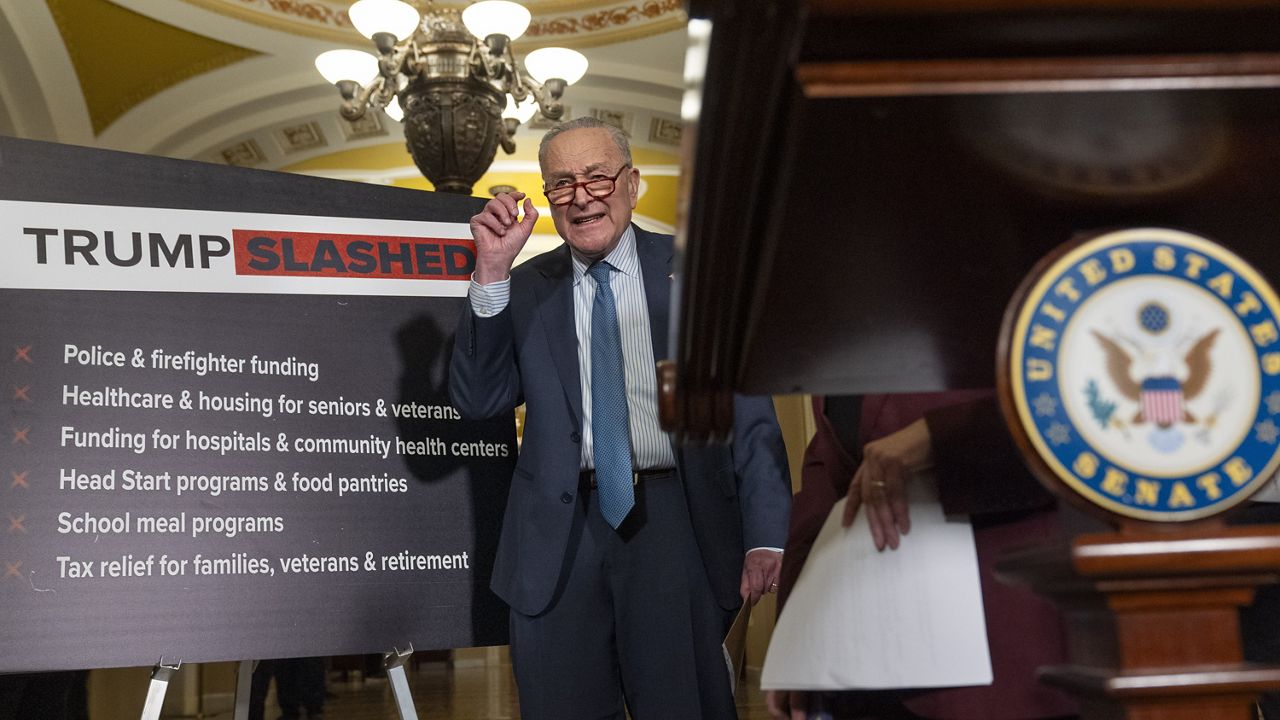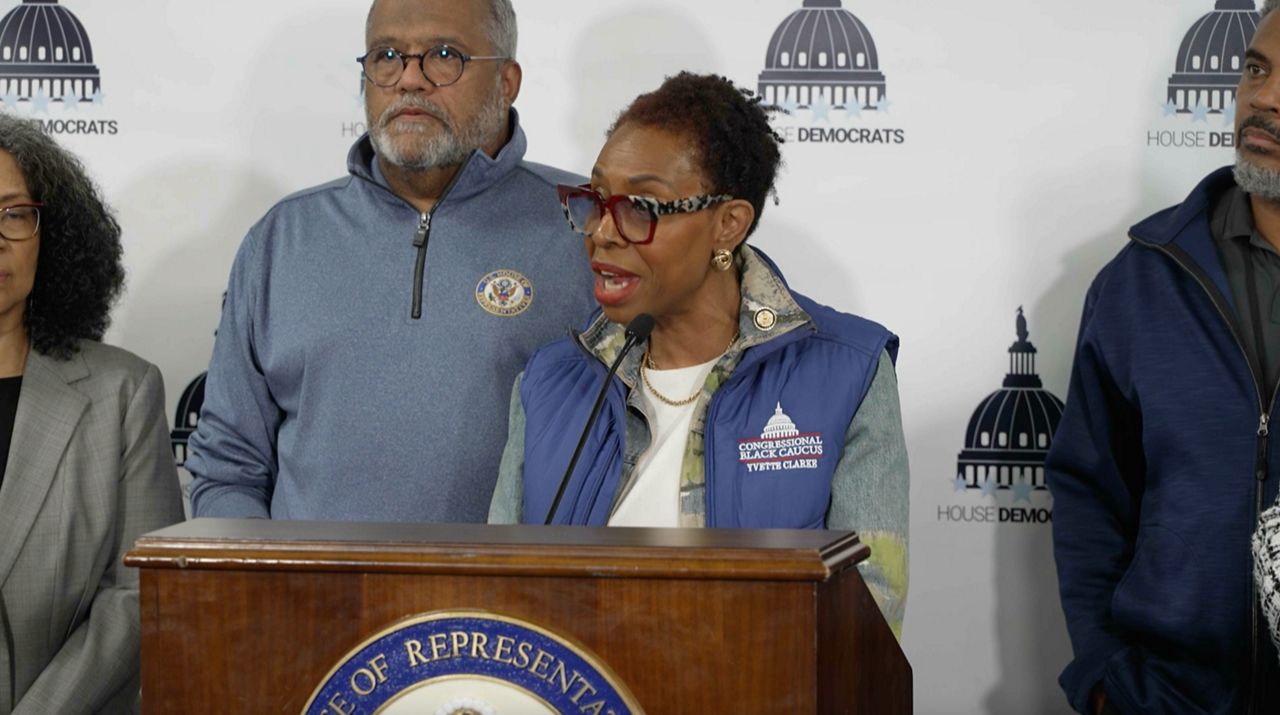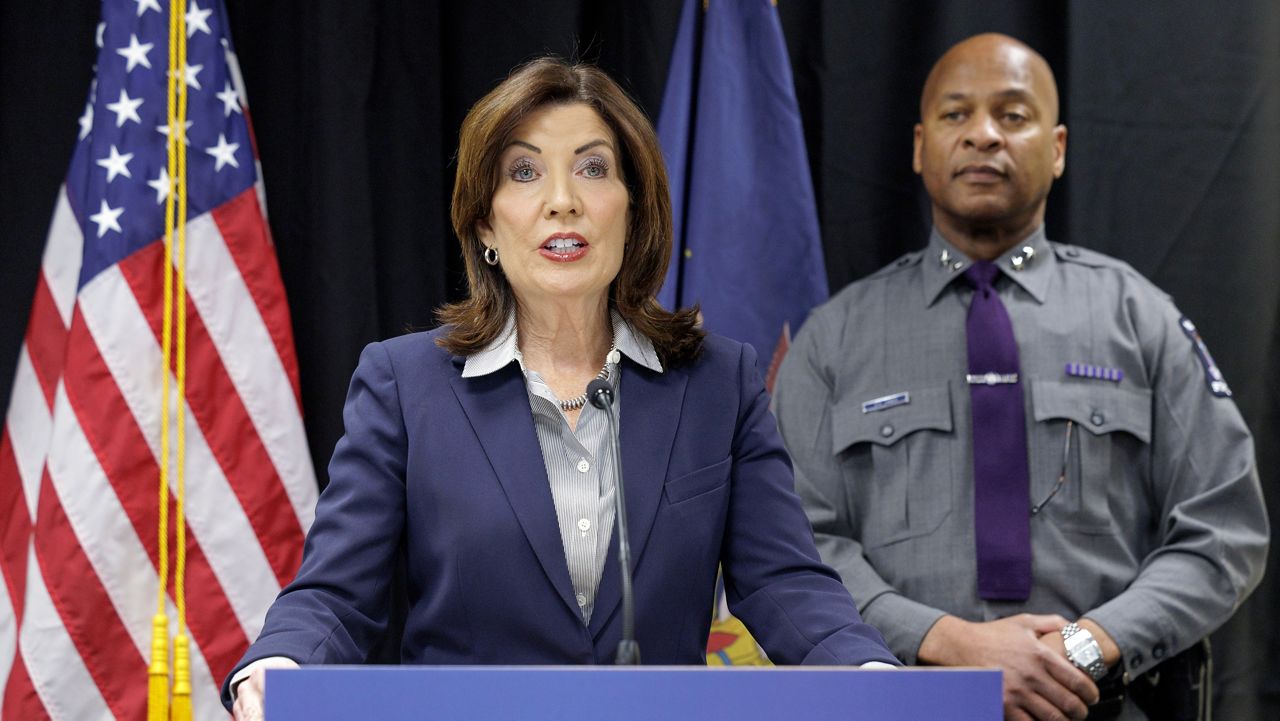New York's top court for the second year in a row will be at the center of the political world as a Democratic-backed redistricting challenge could upend the battle for control of the U.S. House of Representatives in 2024.
An appeallate court on Thursday sided with Democrats in a bid to have congressional lines redrawn in New York, home to multiple battleground seats.
"Clearly the appellate judges were writing for the Court of Appeals, knowing that this case is heading one step to the state's highest court for final review," said Jeff Wice, an adjunct professor and senior fellow at New York Law School. "The judges today anticipated today what the Court of Appeals might be looking at."
It's a contrast from a year ago, when a Republican-supported lawsuit successfully challenged legislative-drawn lines for the state Senate and the U.S. House. The process was thrown to a special master who drew lines that immediately were rebuked by Democrats.
Republicans won narrow control of the House last year as the party picked up or held a handful of key seats in New York.
But this time, the court is a little different. Newly installed Chief Judge Rowan Wilson sided with Democrats in last year's redistricting fight. Wilson was confirmed as chief judge after Gov. Kathy Hochul's initial pick for the post, Hector LaSalle, was rejected by the Democratic-led state Senate.
If Democrats are successful, congressional lines will be drawn again by an appointed commission. If that commission deadlocks, the process is tossed to the Legislature, where both chambers are controlled by Democratic supermajorities.
"The key thing is whether the map that comes out of this process, if there is one, is going to be one that comports with the requirements of the state constitution," Wice said.
Republican former Rep. John Faso, now an official with the state party, is confident the state's top court will keep the existing lines in place.
"On the facts and on the constitution, our case is very strong," Faso said in an interview on Thursday.
Democrats, he said, are attempting to extinguish political competition in an otherwise deep blue state.
"They're trying to eliminate a state redistricting plan that has the most competitive districts in the United States of America," Faso said.
Redistricting is an increasingly high-stakes process with national implications. Critics have long decried partisan gerrymandering that can calcify partisanship through the creation of heavily Democratic or heavily Republican districts.
"One of the problems of political polarization in our country is you have people who are elected either from solid red or solid blue districts, and they're only worried about their base," he said.
New York's current redistricting process is the result a constitutional change approved by voters in a referendum more than a decade ago. Some Democratic lawmakers discussed the possibility of overhauling redistricting once more, but quietly dropped the discussion in the middle of the legislative session.
Nevertheless, there is still time to begin the cumbersome state constitutional amendment process to change redistricting by the next round in 2032.
"The Legislature and the voters could be expected to revisit the entire process again before the decade is over," said Wice, the New York Law School adjunct professor, "and make sure the mishaps of the last year don't happen again."









